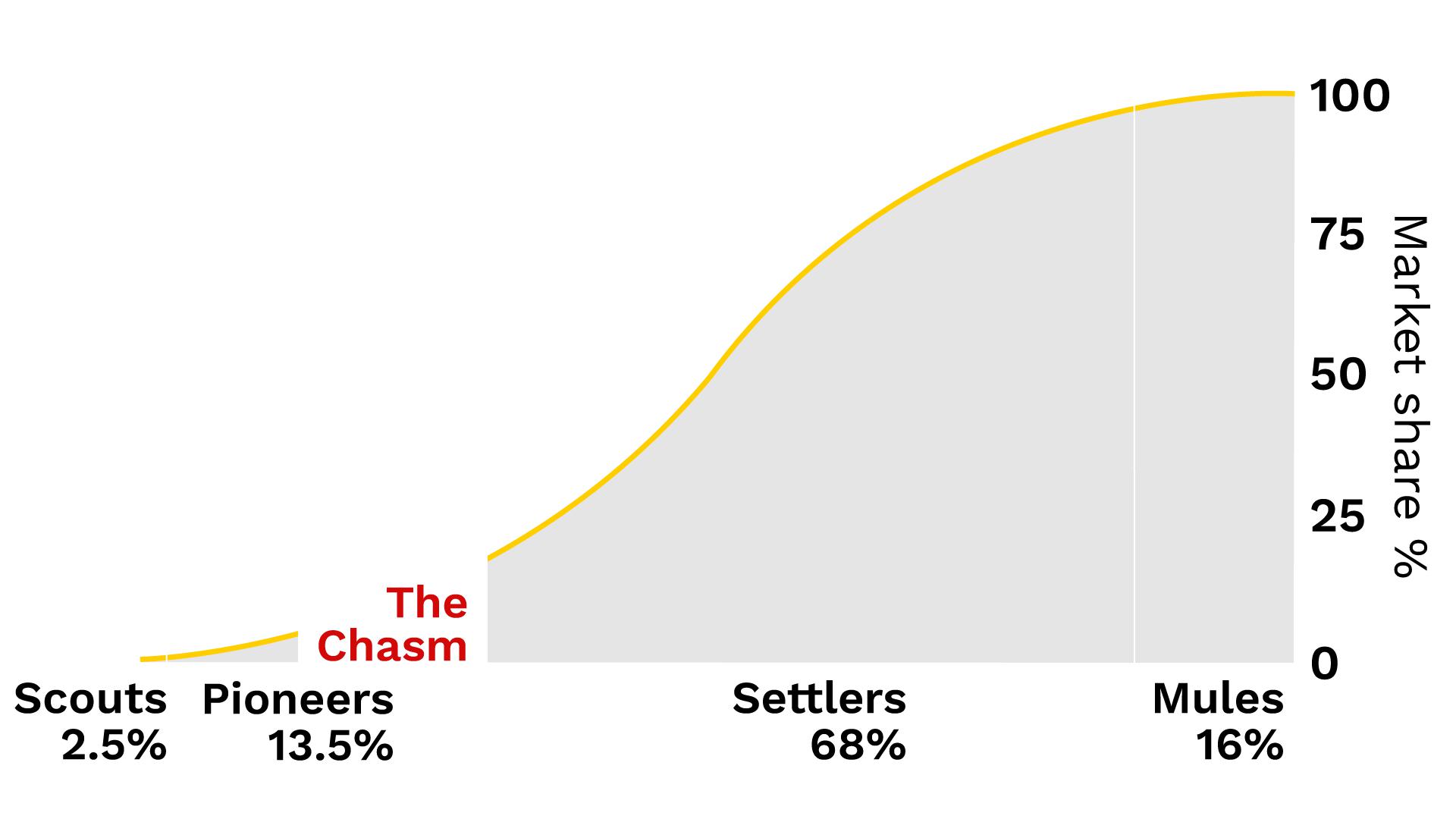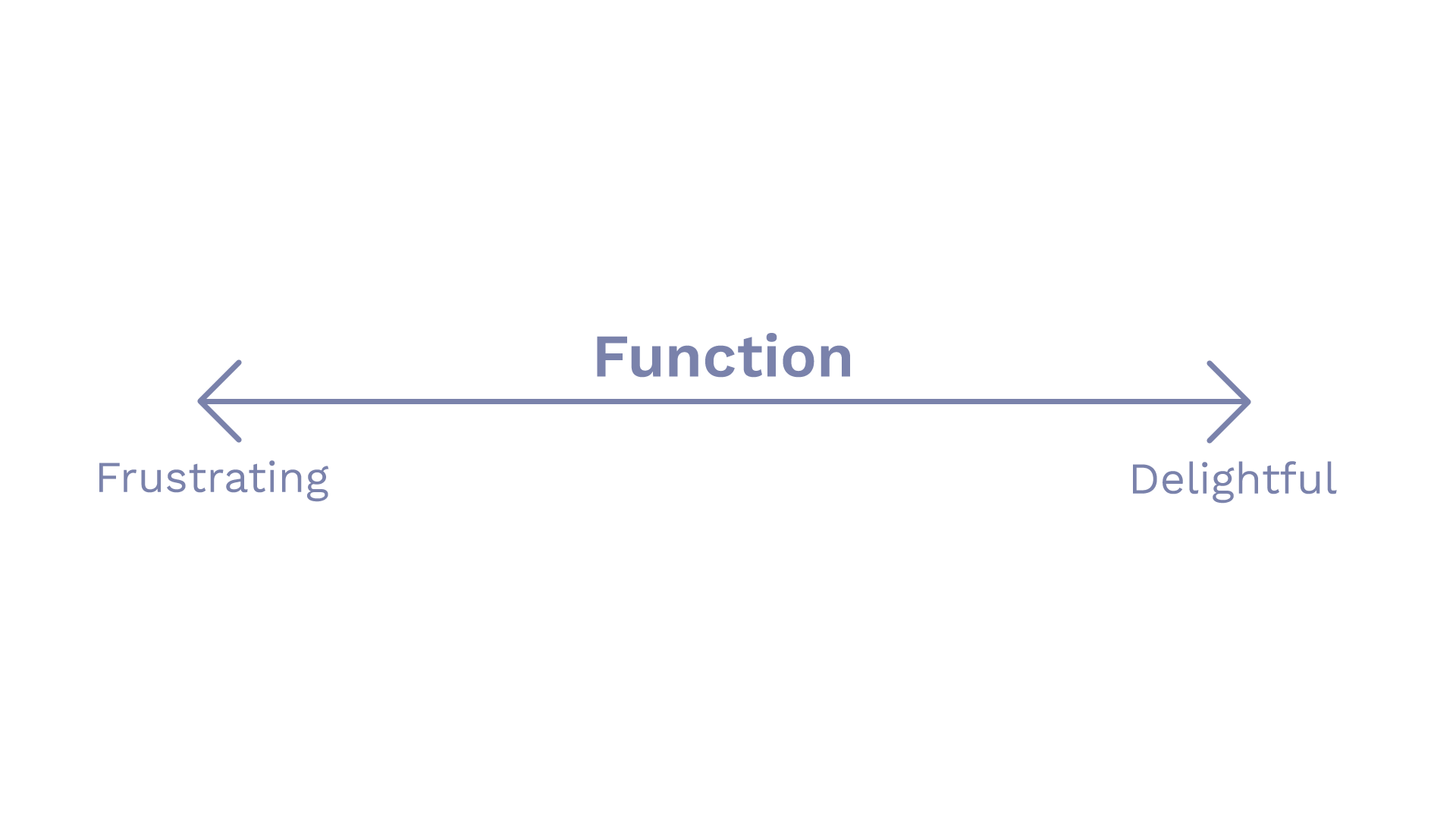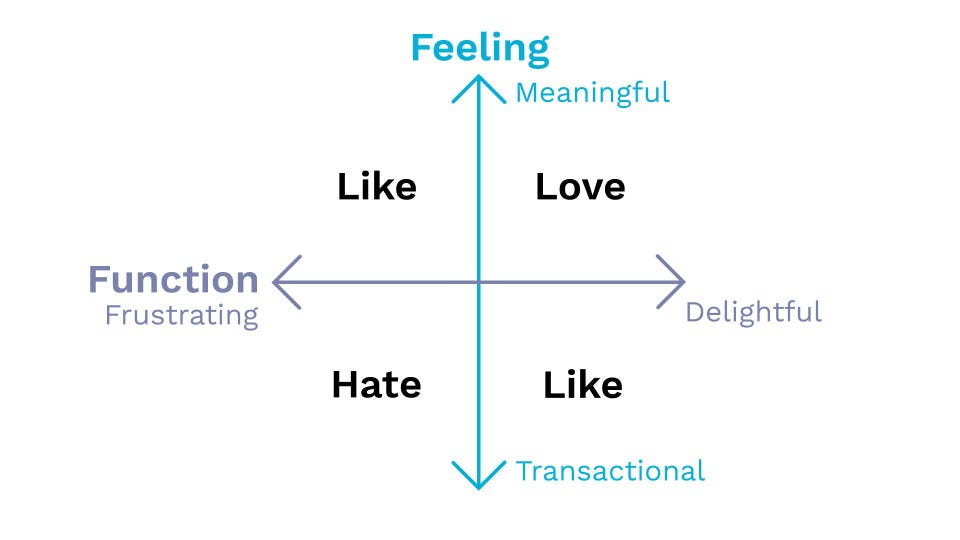This post is part of a series on Product Market Love - a new framework for building lasting companies. It is a collaboration between Salah Zalatimo, Chief Digital Officer of Forbes Media, and guest contributor Parul Gujral, CEO of Snowball.Money. You can read our first post here.
Predicting Market Success
How do companies predict whether or not their new products will be successful in the marketplace? They usually start by turning their R&D, product, and marketing departments loose, expecting them to apply their left-brain expertise to product positioning, market research, statistical analysis, usability testing, communication tactics, etc. But will this enable them to plot an unfailing path to market success? Keep in mind that Apple, Inc., often praised for the public’s enthusiastic embrace of its products, still produced the Newton, Pippin, Apple III, and several other forgettable disasters. No matter how they try to apply their left brains to these problems, they will discover that there are no algorithms for love or passion.
Who is Your Customer?
Who is your customer and how do you appeal to them? This question is nonsense. You don’t have “a” customer. You have many, and their needs and desires may vary widely. As we mentioned in our last article, a quote from Danny Meyer’s Setting The Table that has resonated strongly with me is, "Business, like life, is all about how you make people feel." Product success means finding a way to reach a vast and diverse market of individuals with differing needs, tastes, and intentions. The emotional triggers that appeal to one segment of this population may have no effect on another. For this reason, a broad marketing campaign, able to resonate with a wide array of individuals, is critical.

Per Geoffrey Moore in Crossing The Chasm, the first 2.5% or so of your customers will be the innovators. They are also sometimes referred to as “scouts,” since they enter new, unknown territory for the purpose of scoping it out and assessing its potential. What they are looking for most is promise, not necessarily delivery. An MVP that works is certainly important, but they don’t need or even expect full-featured perfection. They can “see around the corner” to a product’s future. They may not be your intended long-term customer, but you need to find a way to attract them, as they are the momentum builders.
The next wave of customers might be called the early adopters, or the “pioneers,” and will comprise about 13.5% of your eventual customer base. They are adventurous, but they also expect you to deliver on your promises. However, they are generally willing to wait somewhat patiently to confirm that they’ve chosen wisely. They are looking for something substantial, but don’t expect the sun, the moon, and the stars, at least not right out of the gate.
After you’ve hooked the pioneers, you reach what Moore called “the Chasm.” This is the critical gap in the normal curve of potential customers at which products live if they can cross, or die if they cannot. Capturing the fancy of the scouts and the hopes of the pioneers is essential but not sufficient. If you are unable to attract a much larger base, product sales will languish and eventually fail. That’s why it’s essential that you attract the “settlers”. These make up the majority of your product’s users and supporters—nearly 70%, in fact. They want delivery on your promises. They want more than hope or expectation—they want tangible results. They can be skittish, and want you to prove that you’re what you say you are. They follow the pioneers’ lead to a point, but more prudently, and will only remain if they feel comfortable. If you can hook the settlers, you have crossed this critical threshold and are well on the road to product success.
The last group of customers is the laggards, somewhat unkindly known as the “mules”. These 15% dig in their hooves based on their entrenched ways and habits and strongly and vocally resist change, especially innovative change. They criticize what they don’t understand, scorn new ideas, and rarely come into the fold unless forced to. However, if you can win over the mules, you often find your strongest and most ardent supporters.
How Do You Win Over Each Customer Type?
Given that the innovators, or "scouts," are likely to be your first customers, one salient question is, “How do I appeal to this cohort without alienating all the rest of my potential customers?” The answer is fairly straightforward: “Share your vision; share your excitement.” You must break through the noise and pique their interest by focusing on the feeling. The innovators will respond if they feel a connection to the brand or product. Every human being wants to feel connected in a meaningful way.

Clearly expressing or manifesting how your product will make a person feel better is the most basic objective for attracting your “scouts”. Keep in mind that it’s next to impossible to manufacture an alluring message to attract innovators if your vision is weak or misguided or your excitement is tepid or feigned. So, keep it real. And, while left-brain logic and data may be part of your message, it’s really the right-brain emotional hooks and genuine meaning that will intrigue them.
The pioneers, also respond to many of the same triggers as the innovators, though less quickly and passionately. They enjoy being in the vanguard of innovation, but only if they are fairly confident of eventual success. Their risk-tolerance is lower, but their devotion will be higher. Consequently, they are going to need some evidence that the vision is realizable and the excitement is sustainable. The message they want to hear is, “Here’s where we are going and here’s how we are going to get there!” In terms of the Product Market Love model, this means the product needs to begin to move to the right on the Function dimension. It does not need to start at “Delightful”, as the scouts will be forgiving of functional frustrations given their emotional connection. But as we move on to the next groups of users, the product needs to steadily move to the right on the Function dimension.

The settlers are the big win. In order to attract them, you must build a solid bridge over that intimidating gap between promise and delivery and convince them that it’s both safe and rewarding to cross. This bridge cannot be constructed of smoke and mirrors. It must be solid, reality-based, and demonstrable. The scouts and pioneers should have created a successful track record by now, and you should have obtained the data to support it. However, the message must continue to present both the left- and right-brain rationales for adoption. The deep dive you initially made into the feeling of the product, must now be combined with excellent functionality to create a path that not only “crosses the chasm”, but extends well beyond it into the enviable space of Product Market Love.





